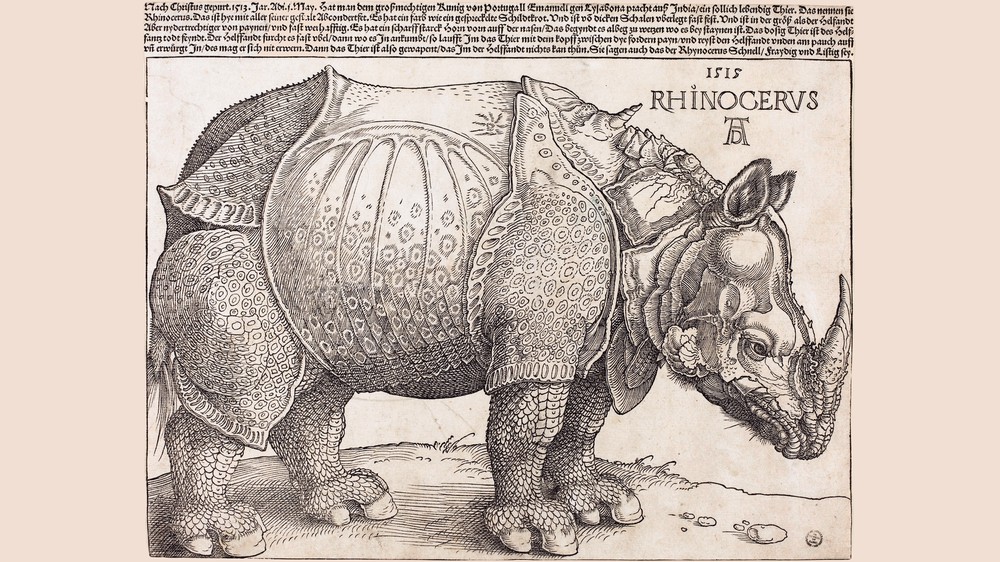Northern Renaissance
While “the Renaissance” usually refers to Italian art from the 15th to 17th centuries, the Northern Renaissance refers to work in the same time period from Germany, the Netherlands, and other Northern European countries. Northern Renaissance works more strictly subject New Testament narratives and patrons than those of their Italian counterparts that also portrayed Classical mythology. Northern Renaissance painters like Jan van Eyck perfected minute detail in oil paintings that were usually smaller than Italian canvases. In 1450, the printing press was invented in Germany, rendering the labor-intensive illuminated manuscripts of the Medieval era obsolete. Albrecht Dürer saw renown for his highly circulated woodblock prints that easily, and seemingly magically, brought images of Italian art to Northern Europe. Since artworks were no longer necessarily one of a kind and books were printed with ease, a broader range of people accessed highbrow culture and information.
Editorial (8)

How Did an Imaginary Rhino Sell for $866,500?
Today, it’s not unusual for a ten year old to know what a rhinoceros looks like. She might even know that they’re herbivores…

Six of Art’s Best Tricks of the Eye
Illusion in art may feel like a recent phenomena, but it’s been around since cave paintings. With each new era, artists have…

Pantone’s Color of the Year, The Dark Side of the Art World & More
Each week, we scour the internet for the most significant, surprising, and outrageous art news—helping you stay informed (an…
Artists (8)

Jacob Jordaens
Flemish, 1593–1678
Joos van Cleve
German, 1485–1541
Robert Campin
Flemish, 1375–1444Playlists (8)



Introducing: The Northern European Renaissance


